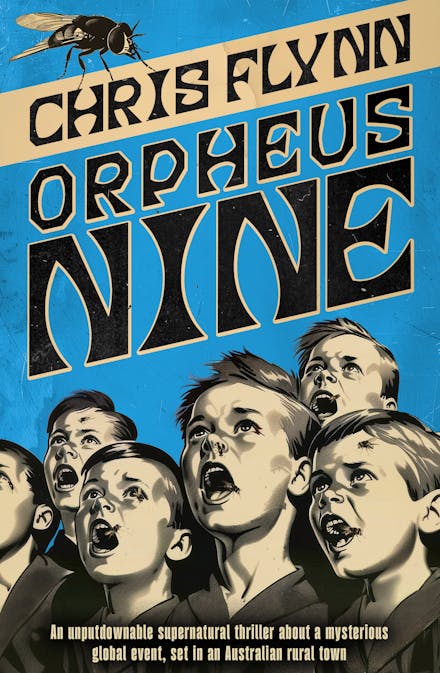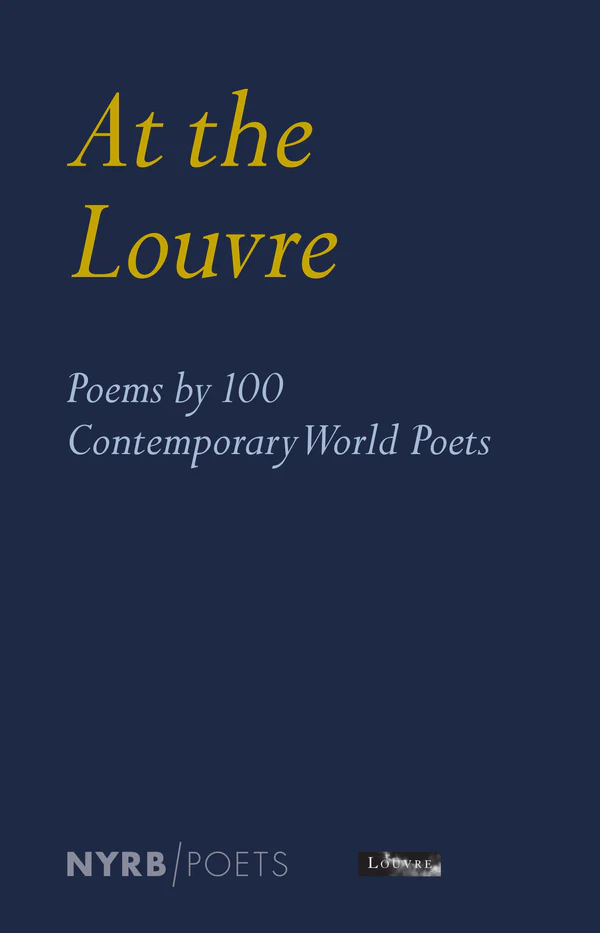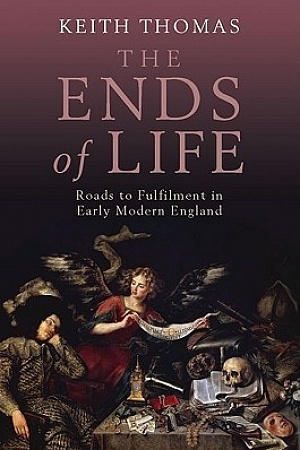Pliny and the Artistic Culture of the Italian Renaissance: The legacy of the 'Natural History'
Yale University Press (Inbooks), $110 hb, 336 pp
Pliny and the Artistic Culture of the Italian Renaissance: The legacy of the 'Natural History' by Sarah Blake McHam
When the intellectuals, writers, and artists of the Renaissance sought a theoretical basis for the new styles they were developing – at a time when the new meant all’antica and the term modern was still coloured by associations with the Middle Ages – they found that ancient sources were relatively abundant in some areas and scarce or non-existent in others. Poets could find inspiration in Horace’s Ars Poetica, and later in Aristotle’s Poetics. And there was a wealth of material on rhetoric – Aristotle, Cicero, Quintilian, Tacitus – in fact an abundance out of all proportion to the practice of the art in an age when public speaking was represented by sermons and university lectures rather than by the deliberative and forensic oratory that were the lifeblood of Greece and Rome.
Continue reading for only $10 per month. Subscribe and gain full access to Australian Book Review. Already a subscriber? Sign in. If you need assistance, feel free to contact us.














Leave a comment
If you are an ABR subscriber, you will need to sign in to post a comment.
If you have forgotten your sign in details, or if you receive an error message when trying to submit your comment, please email your comment (and the name of the article to which it relates) to ABR Comments. We will review your comment and, subject to approval, we will post it under your name.
Please note that all comments must be approved by ABR and comply with our Terms & Conditions.